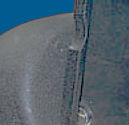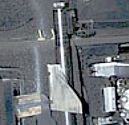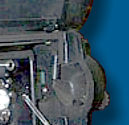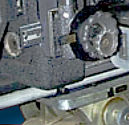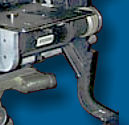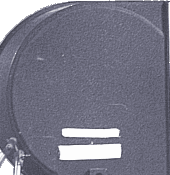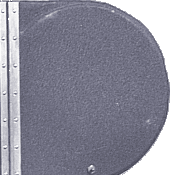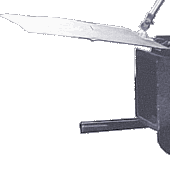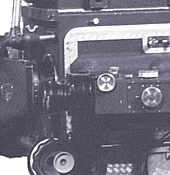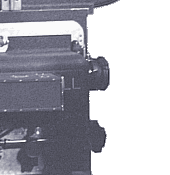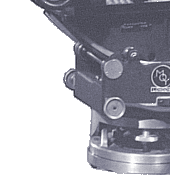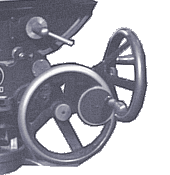|
|
|
|
|
|
|
|
|
|
|
|
70mm Film Finally Makes The Big Time
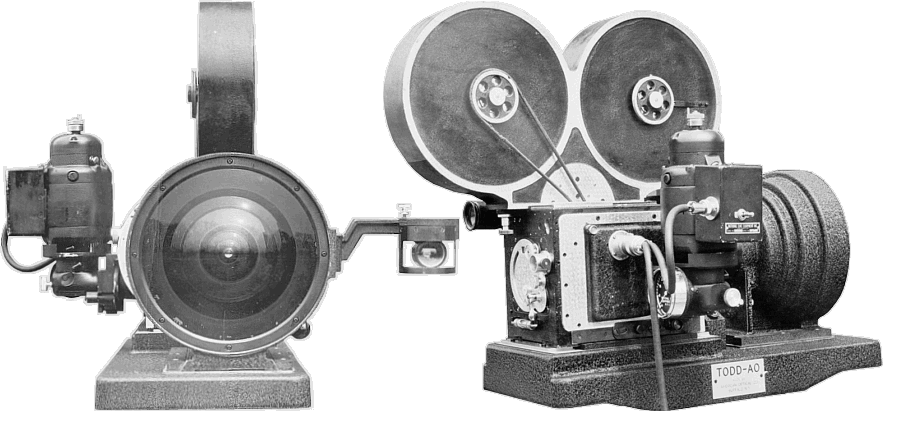
Say, "Cheese"
Seen above is a very early camera mated with the bugeye lens. It is a converted Fearless 65mm camera. More information on this circa 1930 camera. The unique looking viewfinder doesn't cover as wide an angle as the bugeye lens so it rotates to check compostion across the field of vision.
Photos courtesy of Mr. Todd-AO - Thomas Hauerslev
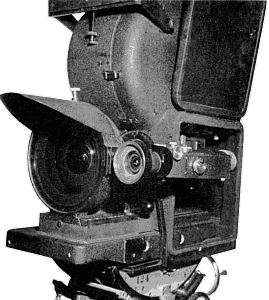
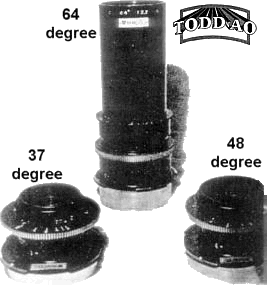
Directly above is a publicity "glamour" photo of the blimped 65mm camera mated to the bugeye. While configured for close dialog recording, it's doubtful that any such footage ever reached the screen.
In addition to the 12.7mm "Bugeye" lens, the system initially had three other lenses in its repertoire, seen at left. They were classified by angle of coverage, 64 degree, 48 degree, and 37 degree. There were two types of cameras, one type was permanently mounted to the "Bugeye", and the other could accommodate the other lenses.

At right, Thomas Hauerslev, our not so melancholy Danish friend, displays an original Todd-AO 64 ° lens in his large format collection.
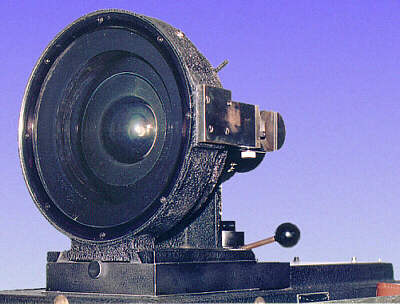 | 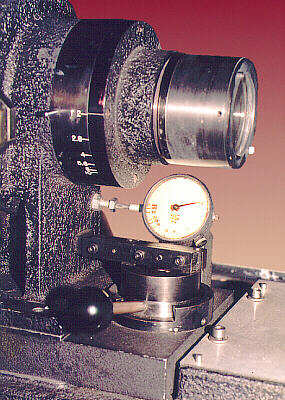 |
Todd-AO Bugeye 12.7mm (120 degree) lens. This lens was mated with camera #2 and is the one used for the publicity photo with Todd and his cigar. American Optical built four of these monsters and they are all still in existence. Though slated for the scrap heap some years ago, they were saved from destruction by then Todd-AO employee Lee Parker. The Curator wishes to express his thanks to Lee for saving these historic pieces of cinema gear.
Tipping the scale at 90 pounds, this lens is focused using the lever seen at right. The focus scale is a specially calibrated dial micrometer which measures the movement forwards and backwards in the camera aperture. A maximum lens movement of less than 1/16th of an inch alters focus from 4 feet to infinity.
The curator audaciously places his own reflection in the bugeye lens. Isn't he just the most clever fella?
Original Todd-AO blimped 65mm camera open for inspection. This unit was used with the three AO interchangeable lenses. While Todd-AO production was done primarily with the newly designed Mitchell BFC cameras after 1956, the converted cameras continued to be in service into the early 1960s.
As the process matured, new cameras were built from the ground up for Todd-AO. This is the Mitchell BFC, which became the mainstay in Todd-AO and several other 65/70mm systems, including the early 65mm Panavision systems. The BFC was essentially a modification of the 35mm BNC design, using many compatible parts. An unblimped version was also built, the FC. Eventually the camera would evolve into the Panavision silenced studio camera after that company acquired the assets of Mitchell Camera Corp.
photo courtesy of Jim Kroeper, Epic Proportions, Inc.
















E-mail the author
CLICK HERE
©1996 - 2010 The American WideScreen Museum
http://www.widescreenmuseum.com
Martin Hart, Curator

